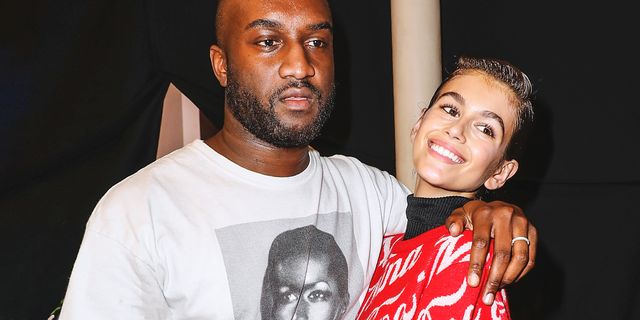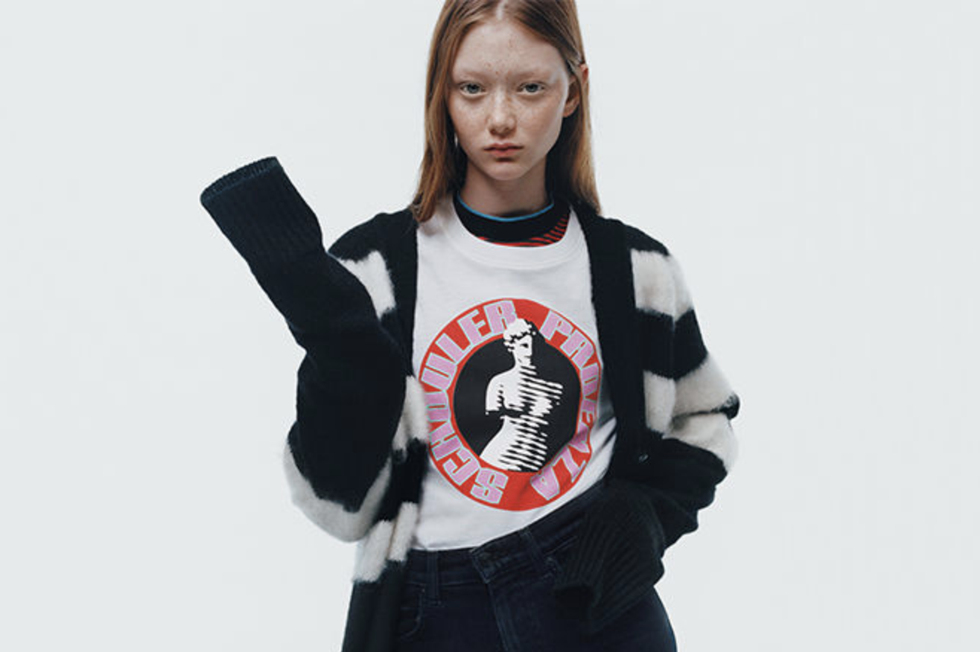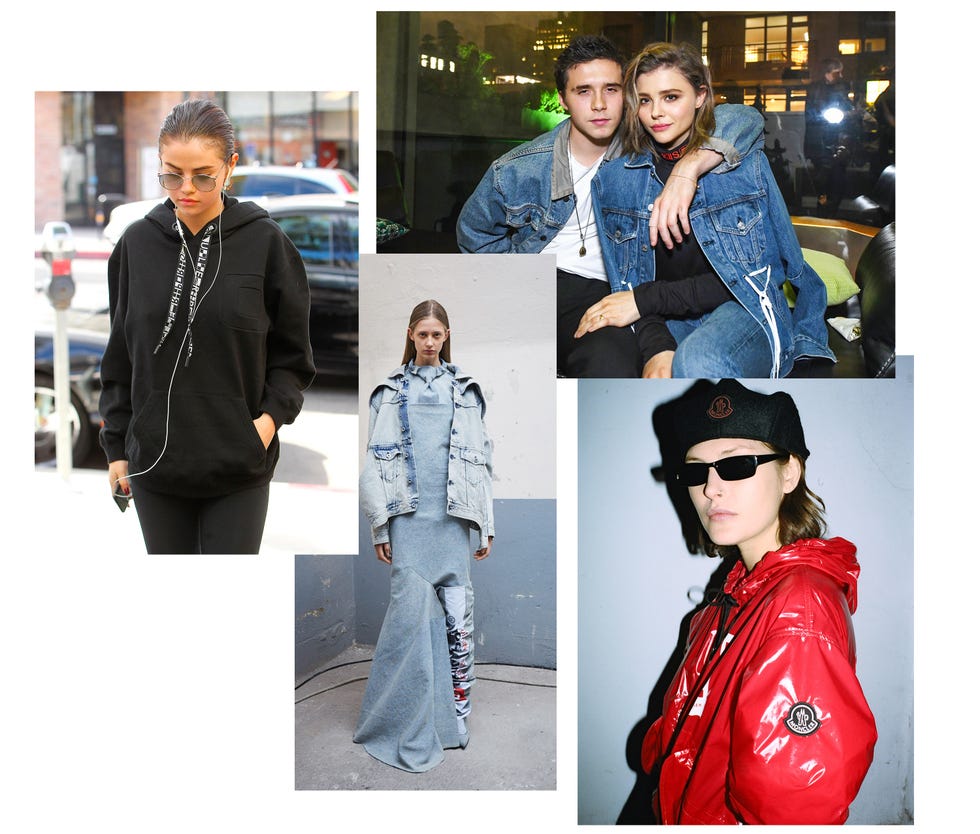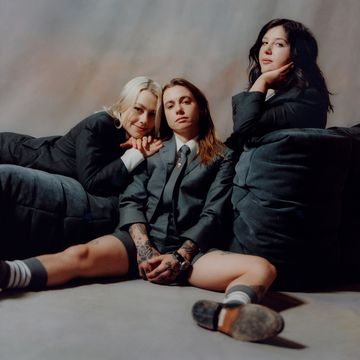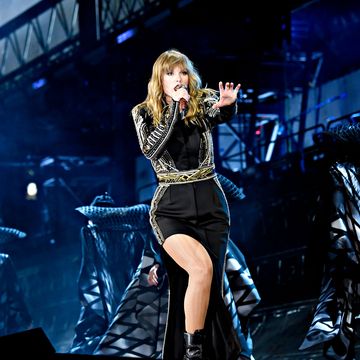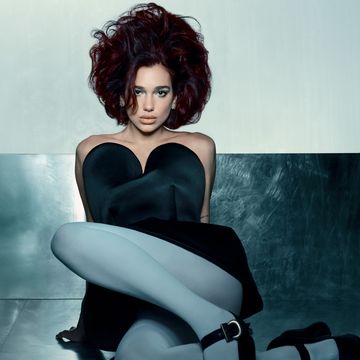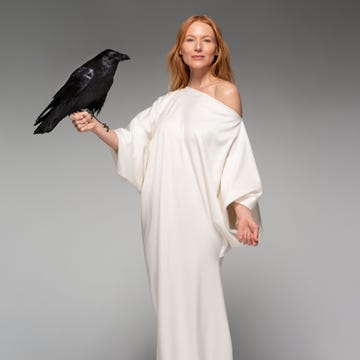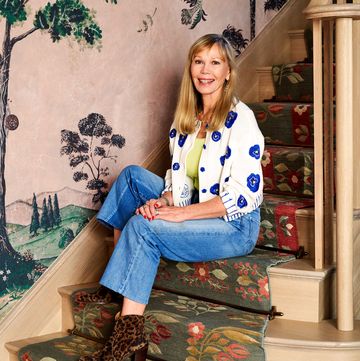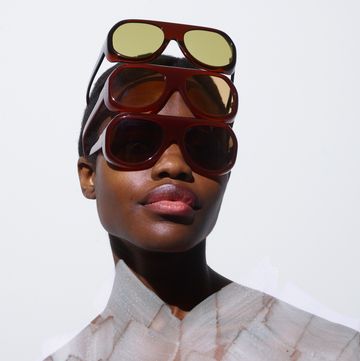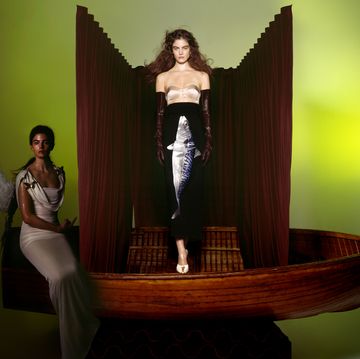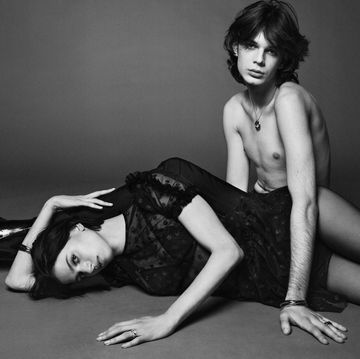Headlines would have you believe that millennials are destroying industries from cereal to soap (with the possible exception of their beloved avocados). But these 22- to -37-year-olds—plus their under-22 successors, known as Generation Z, Generation Y, or post millennials, depending on whom you ask—are as excited about fashion as ever. They just think about it differently.
To put it simply: Fashion 1.0 was all about runway shows; you’d wait months for the collections to arrive in stores. The new iteration works on a more spontaneous timeline of streetwear-influenced “drops,” limited editions, and impromptu collaborations. The clothes look different, too.
“Inclusivity, gender neutrality, comfort, casualness—these are all things that are here to stay,” says Lazaro Hernandez, codesigner of Proenza Schouler. It’s an ethos he and partner Jack McCollough applied to their PSWL line, a collection of tees, denim, sweatshirts, and other effortless staples that speak directly to a generation more interested in cultivating a casual-cool aesthetic than, say, executive presence. The latest drop arrived in June.
Most crucially, the new generation of shoppers values experiences over things. A survey this year by RBC Capital Markets found that 64 percent of millennials would rather spend money on restaurants, travel, and spas than on luxury fashion. So if you’re in the business of selling clothes, how do you make them experiences?
That’s the question everyone from LVMH to H&M is tackling now. For Shayne Oliver, the event is as important as the collection. “It’s very rare to be in a small room with a bunch of really cool people,” he says. One of this generation’s favorite designers, and at 30 a millennial himself, Oliver has gained a loyal following for his work at Hood By Air and Helmut Lang. His latest project: designing the first collection in Diesel’s Red Tag Project. A garage in Paris served as the launchpad, with models in avant-garde double-denim looks posed inside cages.
At this past Milan Fashion Week, Moncler unveiled its Genius project, a series of collaborations with young labels, including Palm Angels and Craig Green, in an Instagram-friendly setting. Then there’s Off-White impresario—and recently appointed Louis Vuitton menswear designer—Virgil Abloh, who might be the prototypical Gen-Z designer. His collaborations span everyone from IKEA to artist Takashi Murakami, and his most recent Paris Fashion Week show attracted throngs of fans outside. Abloh’s pace might seem frenetic to designers of an older generation, but his gig-economy approach keeps his followers interested. He compares it to the way he shuffles between tracks as a DJ: “litmus-testing the culture.”
As Hernandez puts it, “People get bored of things more quickly now. Instead of expecting a collection to be relevant for six months, it’s two months.” Customers have to move quickly, too, or risk missing that precious PSWL drop: “If you don’t get it now, you might never get it.”
This article originally appeared in the June 2018 issue of ELLE.
